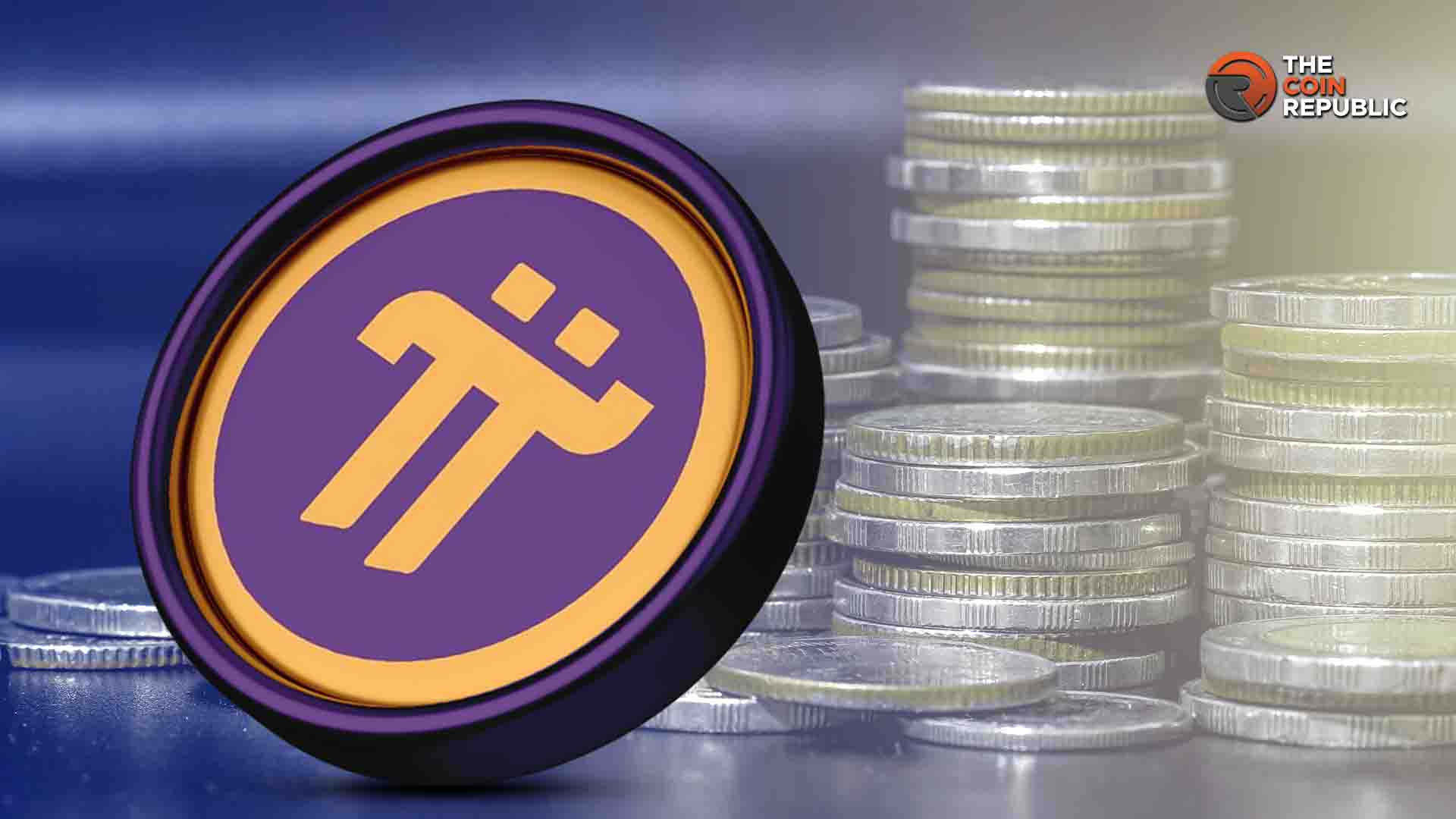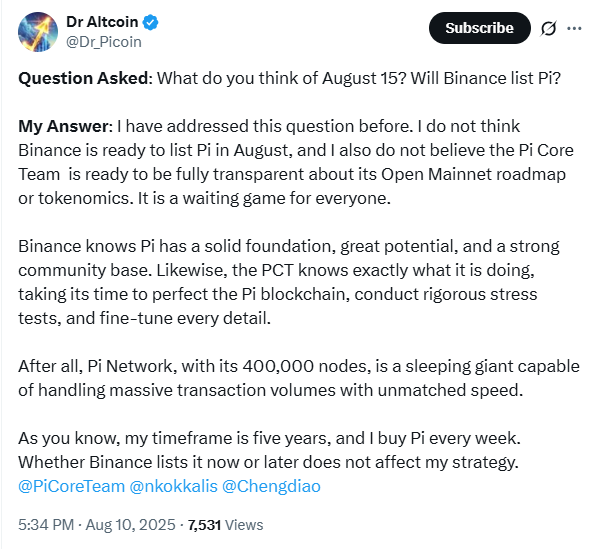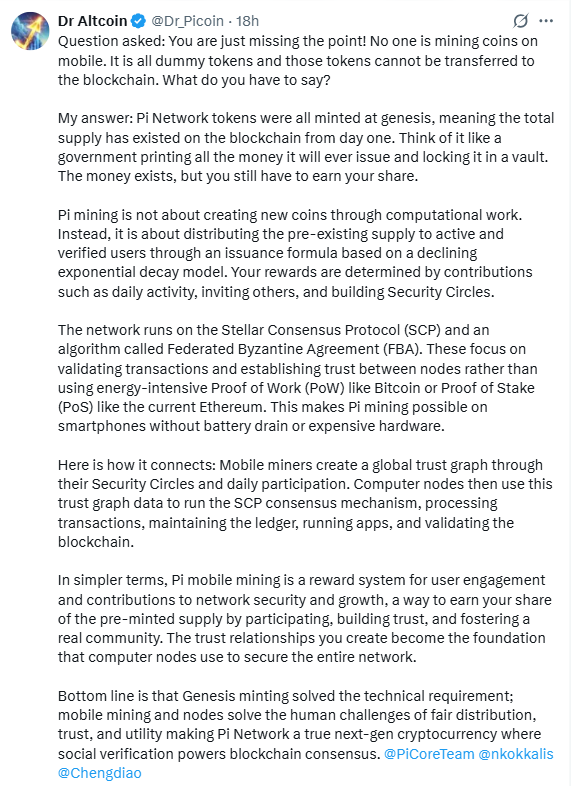Will Binance Finally List Pi Coin This August? Experts Weigh In on the Crypto’s Make-or-Break Moment
Rumors are swirling—again—about Pi Coin's potential Binance listing. The crypto community's favorite 'free' asset keeps teasing a breakthrough, but will August 2025 finally deliver?
Why the hype? Pi's grassroots mining model amassed millions of users, yet exchanges keep treating it like a risky first date. Binance's silence speaks volumes, but true believers insist regulatory hurdles are the only delay.
Market analysts remain split: 'If Pi gets listed, it'll either moon or become the ultimate proof that retail investors will FOMO into anything,' quips one hedge fund manager. Meanwhile, Pi's developers keep tweaking their mainnet like chefs perfecting a Michelin-starred dish no one's tasted.
One thing's certain—if Binance greenlights Pi, the resulting volatility could make meme coins look stable. Buckle up.

Key Insights:
- Analyst says Binance and Pi Core Team are not yet ready for August 2025 listing of Pi Coin.
- Pi Core Team continues work on the project’s roadmap, tokenomics, and compliance.
- Pi Network focuses on peer-to-peer use, native KYC, and eco-friendly consensus across 230+ regions.
Dr Altcoin said Binance is not expected to list Pi Network in August 2025, re-igniting a debate that continues to linger in the ecosystem.
He explained that both the exchange and the Pi Core Team still had work to do before such a MOVE could happen.
He pointed to ongoing technical steps and regulatory preparation as reasons for the delay.
Analyst Says August Binance Listing Is Unlikely for Pi Coin
Popular crypto analyst Dr Altcoin said he did not believe Binance would list Pi Network this month.
He answered questions from the community, saying both Binance and the Pi Core Team were not yet ready.
He said the Pi Core Team had not released full details of its Open Mainnet plan or tokenomics. This, he explained, made it unlikely that a listing WOULD take place this month.
According to him, Binance understood PI had a large community and strong technical base, but both sides were still preparing.
Dr Altcoin described Pi Network as one with more than 400,000 active nodes and the ability to handle large volumes of transactions at high speed.

He said his view of Pi was based on a five-year plan, and that he continued to buy the coin weekly.
He noted that whether Binance listed the coin now or later did not affect his approach.
Pi Network KYC System Designed for Global Scale
In a separate tweet, Dr Altcoin discussed Pi Network’s identity verification process.
With millions of users in over 230 countries and regions, he said no outside provider could cover the network’s needs.
Pi Network created its own KYC system to deal with this. It uses automated checks and input from its global user base to review documents.
This makes it possible to verify a large variety of identification types while meeting compliance rules.
He said this process was built to handle the scale of the network and could serve as a model for others.
Some people, he added, still called Pi a scam, but he pointed out that the project had built this system to meet both technical and regulatory needs.
How Pi Mining and Supply Work
Some critics claimed that Pi’s mobile mining was producing coins that were not real or transferable.
Dr Altcoin explained that all Pi coins were created when the network began. He compared it to printing all the money at once and keeping it locked until it was earned.
Mining on Pi does not create new coins. Instead, it gives users a share of the existing supply based on activity, inviting others, and joining security circles.
The supply is released over time using a formula that reduces rewards as more people join.
Pi Network runs on the stellar Consensus Protocol and Federated Byzantine Agreement.

These systems focus on building trust between nodes and validating transactions without the high energy use of Proof of Work.
Mobile miners help create a trust network, and computer nodes use it to confirm transactions and keep the blockchain running.
Dr Altcoin said this design was made to distribute coins fairly and build trust, while also allowing the network to be run from mobile devices and regular computers.
Pi Coin’s Role in a Changing Crypto Market
Dr Altcoin said many cryptocurrencies were facing challenges in infrastructure, access, and regulation.
He noted the United States had introduced the GENIUS Act for stablecoins, which showed how rules for digital assets were developing.
Per his works, he contrasted this with Pi Network’s focus on regulation, wide access through mobile mining, and low environmental impact.
He also mentioned that Samson Mow had claimed ethereum investors moved between Bitcoin and ETH to influence prices.
To him, Pi’s partnerships with on-ramp providers like TransFi and Banxa could reduce the effects of such market swings.
He added that building a peer-to-peer system and avoiding heavy use of centralised exchanges could help limit manipulation, with Pi Network working toward that goal.

